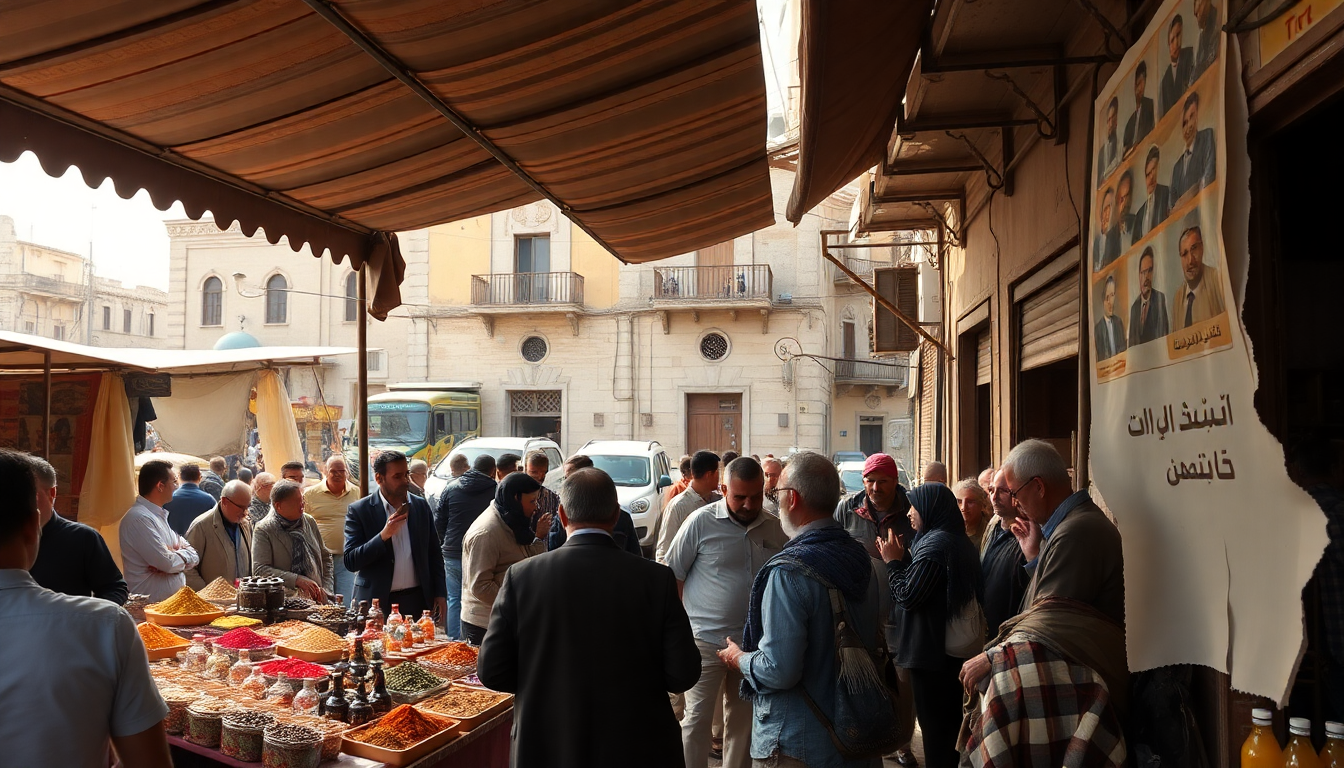Table of Contents
The ongoing tensions in the Middle East have captured global attention, and it’s easy to see why. The situation is a complex tapestry woven from political dynamics, historical grievances, and pressing humanitarian concerns. But what does all this mean for us today? In this article, we’ll unpack the key issues and historical contexts that shape this conflict, and explore potential paths forward. Ready to dive in?
The Political Landscape: A Deep Dive
When we talk about the Middle East, we’re looking at a political landscape that’s been shaped by decades of conflict, shifting alliances, and territorial disputes. It’s almost like a soap opera, with plots thickening over time. The current crisis has roots that stretch deep into history, often tied to colonial legacies and national ambitions. For example, the establishment of Israel in 1948 didn’t just change borders—it sparked a series of conflicts with neighboring Arab states and ignited the ongoing Palestinian fight for self-determination.
Fast forward to today, and we see new players like Iran and Turkey stepping onto the stage, challenging the long-standing dominance of the United States and its allies. The changing alliances among Arab nations, particularly with movements like the Abraham Accords, are reshaping the geopolitical dynamics even further. Isn’t it fascinating how history continues to influence the present?
Humanitarian Concerns: The Human Cost
Now, let’s talk about the human side of this conflict. The humanitarian impact is staggering—millions are grappling with displacement, violence, and the struggle for life’s essentials. Just think about the situation in Gaza: over two million people are living under siege conditions, facing severe shortages of clean water, healthcare, and education. The suffering of innocent civilians caught in the crossfire is a heartbreaking reality.
International organizations and NGOs are tirelessly advocating for increased humanitarian aid, yet political barriers often stand in the way of effective assistance. It raises an important question: how can we break these cycles of suffering? Addressing the underlying issues is crucial for achieving a sustainable resolution.
Looking Ahead: What’s Next?
As we gaze into the future, the quest for peace in the Middle East remains fraught with uncertainty. Numerous peace initiatives have been attempted, but a lasting solution continues to evade negotiators. The influence of external powers—like the United States, Russia, and the European Union—plays a pivotal role in shaping the region’s future. What do you think their impact will be?
The idea of a two-state solution is widely supported in theory, but the reality on the ground tells a different story. Ongoing settlement expansions, persistent violence, and a lack of mutual trust present significant hurdles. Yet, there’s a flicker of hope: grassroots initiatives and community dialogues might just pave the way for understanding and cooperation. Isn’t it inspiring to think that change can come from the ground up?
In conclusion, the complexities of the Middle East conflict require us to take a nuanced view of its historical roots, present dynamics, and future implications. Only by addressing both political and humanitarian aspects can we hope to create a pathway toward peace. Are you ready to be part of the conversation?


